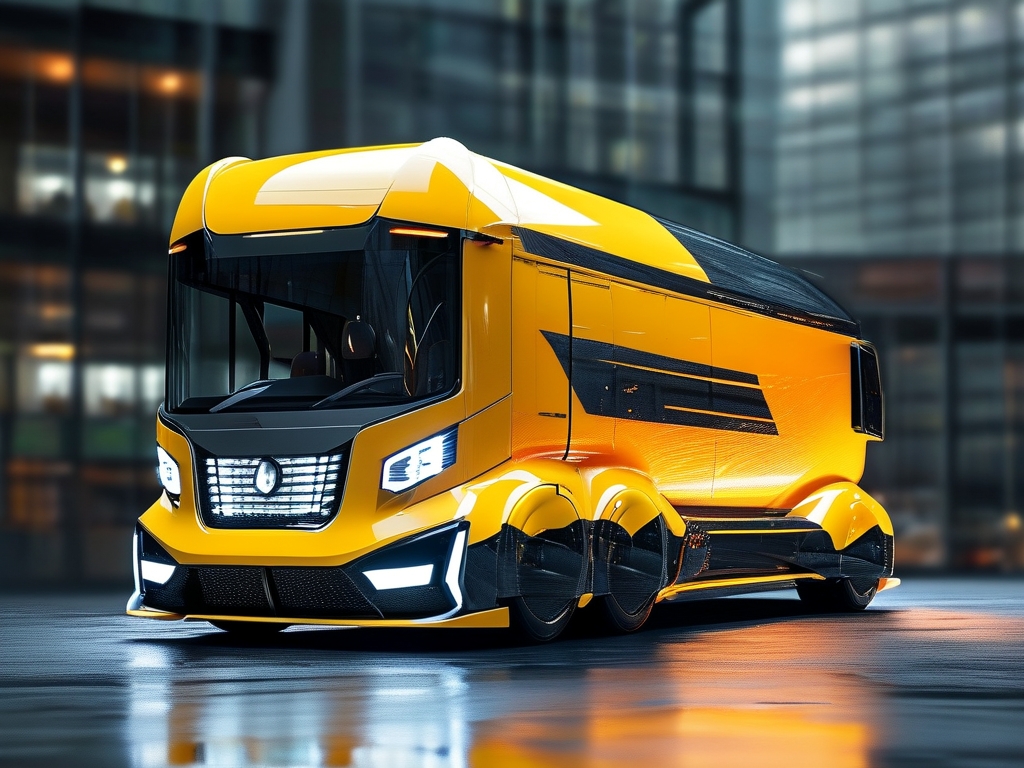The automotive industry is undergoing a transformative shift, driven by advancements in embedded systems technology. Vehicle embedded development solutions now form the backbone of modern automobiles, enabling smarter, safer, and more efficient transportation. This article explores the critical components of vehicle embedded systems, their applications, challenges, and future trends.

1. The Role of Embedded Systems in Modern Vehicles
Embedded systems are specialized computing platforms designed to perform dedicated functions within larger mechanical or electrical systems. In vehicles, they control everything from engine management and infotainment to advanced driver-assistance systems (ADAS). Key applications include:
- Engine Control Units (ECUs): Optimize fuel efficiency, emissions, and performance.
- ADAS Features: Enable lane-keeping assist, adaptive cruise control, and collision avoidance.
- Infotainment Systems: Integrate navigation, connectivity, and multimedia interfaces.
- Vehicle-to-Everything (V2X) Communication: Facilitate real-time data exchange with infrastructure and other vehicles.
2. Key Components of Vehicle Embedded Development Solutions
A robust embedded development framework for vehicles requires synergy between hardware, software, and communication protocols.
Hardware Architecture
Modern vehicle embedded systems rely on multi-core processors, microcontrollers (e.g., ARM Cortex-M/R), and system-on-chip (SoC) designs. For example, NXP’s S32G processors are widely used for secure gateway and domain control applications. Hardware must also comply with automotive standards like AEC-Q100 for reliability under extreme conditions.
Software Stack
- Real-Time Operating Systems (RTOS): Ensure deterministic responses for safety-critical tasks. AUTOSAR (Automotive Open System Architecture) is a dominant standard for software architecture.
- Middleware: Manages communication between ECUs via protocols like CAN, LIN, and Ethernet.
- AI/ML Integration: Powers autonomous driving algorithms and predictive maintenance.
Safety and Security
Functional safety standards like ISO 26262 mandate rigorous testing for embedded systems. Cybersecurity measures, such as hardware security modules (HSMs) and over-the-air (OTA) updates, protect against hacking and data breaches.
3. Challenges in Vehicle Embedded Development
Developing embedded systems for vehicles presents unique hurdles:
- Complexity: Coordinating hundreds of ECUs in a single vehicle demands seamless interoperability.
- Power Constraints: Balancing computational performance with energy efficiency remains critical.
- Regulatory Compliance: Meeting regional standards (e.g., GDPR for data privacy) adds layers of complexity.
- Rapid Technological Evolution: Keeping pace with advancements in AI, 5G, and edge computing requires agile development cycles.
4. Innovative Solutions and Best Practices
To address these challenges, automotive developers are adopting:
- Model-Based Development (MBD): Tools like MATLAB/Simulink streamline algorithm design and testing.
- Virtual Prototyping: Simulate systems before physical deployment to reduce costs and time.
- Modular Design: Use scalable architectures to simplify updates and customization.
- Collaborative Ecosystems: Partnerships between automakers, chip manufacturers (e.g., Qualcomm, Intel), and software providers accelerate innovation.
5. Future Trends in Vehicle Embedded Systems
The next decade will see groundbreaking advancements:
- Centralized Compute Architectures: Transition from distributed ECUs to domain controllers and centralized servers.
- Autonomous Driving: Enhanced sensor fusion (LiDAR, radar, cameras) and AI-driven decision-making.
- Electric Vehicle (EV) Integration: Smart battery management systems and energy-efficient powertrains.
- Edge Computing: Process data locally to reduce latency and reliance on cloud infrastructure.
6. Case Study: Tesla’s Embedded Ecosystem
Tesla’s vertically integrated approach exemplifies modern embedded development. Their vehicles use a unified Linux-based OS, over-the-air updates, and custom-designed chips for autonomous driving. This strategy enables rapid iteration and seamless integration of new features.
Vehicle embedded development solutions are redefining the automotive landscape. By leveraging cutting-edge hardware, adaptive software, and collaborative innovation, the industry is poised to deliver safer, greener, and more intelligent vehicles. As autonomous and electric technologies mature, embedded systems will remain at the heart of this revolution, driving progress toward a connected and sustainable future.



